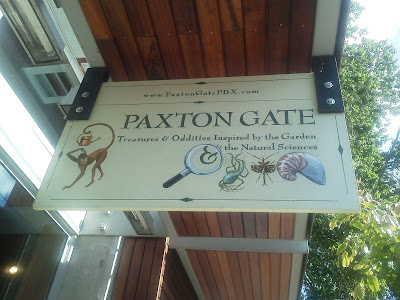The following are photographs from a road trip around the state of Washington, which is poorly named, because the famous American general and president had no idea of the northern part of the Oregon Territory’s existence. Like its highest mountains, Mount Rainier and Mount Baker, early white settlers settled on perpetuating the name of somebody or nobody, and certainly not anyone who had seen the dang things they were naming things after. Captain Vancouver gave Mount Rainier its name for someone who wasn’t with him and never even saw the mountain. As we should be calling Mount Rainier Tacoma, or the big snowy peak, the name Indians called it and all other big, snowy peaks, we should probably be calling the state of Washington something else, because it’s so confusing when people in the rest of the country talk about Washington and instantly think of the capital rather than this state that has nothing to do with the guy on the quarter and the dollar bill. I personally like the name Cascadia, borrowing from the Pacific Northwest Independence Movement’s name for the bioregion that encompasses the entire Columbia River watershed.
There are 2 distinct Washingtons, and these photographs attempt to depict the other side of the state not commonly shown because most people think of Seattle and its world fair Space Needle, and industry behemoths such as Microsoft, Starbuck’s, Boeing, and Amazon. Just as non-Americans associate New York and Hollywood with everything American and those of us who live here know that the rest of this country is really the heart and soul of America, I feel like the Washington outside of Seattle is where you’ll find what is really going on in this part of the world, which to me is more defined by its land and resources more than internet retailers and overpriced mediocre chain coffee.
Washington’s economy has been based on the extraction of natural resources for a long time, and it’s something the state and region has had to come to grips with. William Dietrich, retired professor at Western Washington University, recalls a logger deploring the clamoring of Seattle environmentalists about clear cuts, noting that Seattle is the biggest clearcut in the state. This struggle over resource extraction as the basis of the the state’s economy and the people who want to preserve the territory’s rugged beauty, continues today in many forms and continues to divide the state socially and politically.
Washington and Oregon and British Columbia together might better be known as Cascadia, a land divided, geographically and culturally, by the Cascade Mountains, which have come to be known as the Cascade Curtain.
These pictures look at the other side of the Cascade Curtain and the Adventure Buddies’ tour through a wild Washington, rich in agriculture, silviculture, and great beauty.
We started in Portland and took the less-traveled north side of the Columbia River gorge through country that produces some of the best wine on the planet to arrive in Walla Walla, a town that has reaped the benefits of wine and food tourism, using the rich land it has been blessed with.
We then headed north through big clouds and enormous wheat fields and cow pastures, the Palouse region, to the Palouse Falls. We stayed in Ritzville, a town that depends on wheat and struggles to find its identity in the changing times. Then we toured north through Omak feasting on the local bounties at the Corner Bistro, a café that serves local produce and meats, and then camped deep in the Okanogan wilderness. Then we made our way to the Twisp Valley, one of the prettiest pieces of paradise on this planet. And then we headed back across the Cascade Curtain, on one of the prettiest drives known to man, to the wet side and Bellingham.


















































